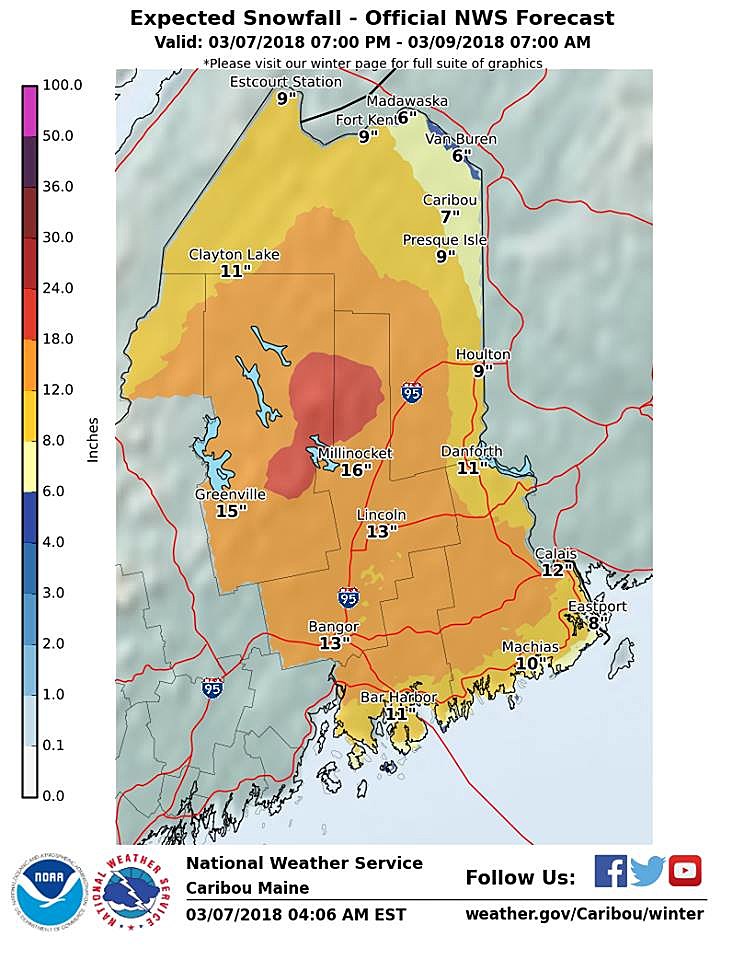



I only included places that see winter snowfall regularly (i.e., in most years), meaning along and north of a line from North Carolina through Tennessee, Oklahoma and the mountainous regions of the West.Ī constraining factor in choosing the sites is that they must all have a continuous monthly snowfall record dating back to at least 1900, something that a surprisingly few do. So, as a follow-up to that, I decided to look at how much snow has actually been measured decade by decade at 40 different cities/sites across the contiguous U.S. The basic conclusion was that no one really understands much about this. In the conclusion to that blog, I wrote a bit on how climate change may be affecting snowfall in the United States. In my previous post, I looked at record snowfalls for all the states and several cities for various periods of time (24 hours, monthly, etc.). Image credit: Bob Henson.Īs anyone who has followed my blogs for WU over the past ten years has no doubt noticed, I am always interested in the actual data-derived records so far as weather events are concerned. 25-26 gave Boulder 22” of snow and 1.47” of liquid equivalent-which shows that the 10-to-1 snow-to-liquid ratio that was often used to extrapolate snowfall amounts decades ago can seriously underestimate snow totals. Above: A snow-covered street in Boulder, Colorado, on Nov.


 0 kommentar(er)
0 kommentar(er)
